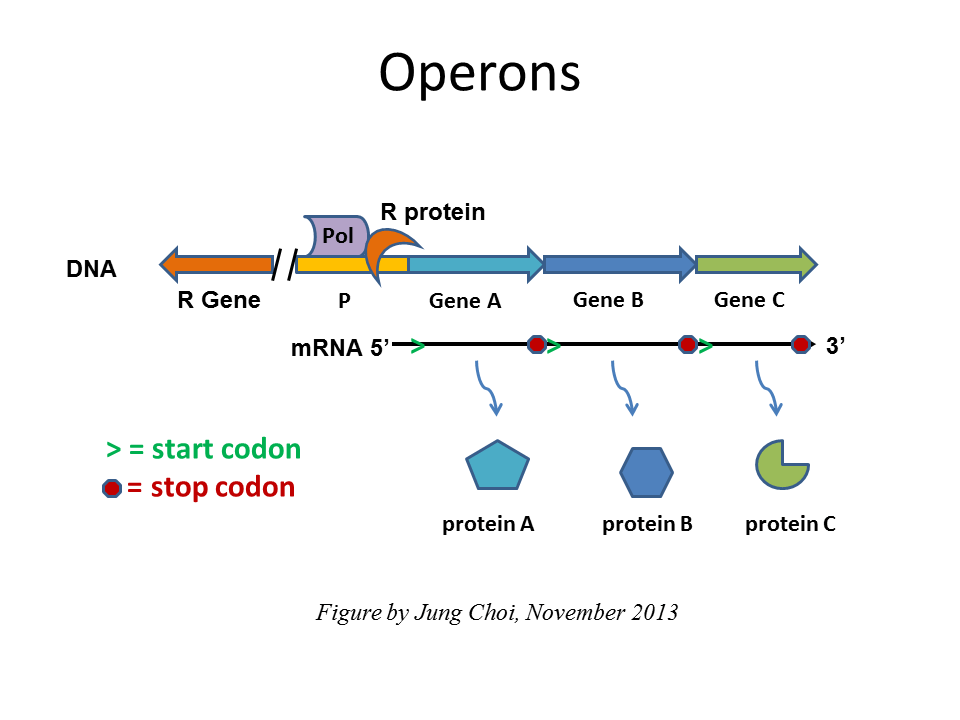View Gene Regulation Expression PNG
Gene expression is the process by which the instructions present in our dna are converted into a functional product, such as a protein. Genes can have two states depending on whether their information is being read or not. Regulation of the two main steps of protein production — transcription and translation — is critical to this adaptability. It is more energy efficient to turn on the genes only when they are required. Gene regulation is how a cell controls which genes, out of the many genes in its genome, are “turned on” (expressed).

During increased availability of a specific nutrient, there .
Such genes are among the most important elements of a cell's genome, and they control the ability of dna to replicate, express itself, and repair itself. Gene expression regulation enables the human body to respond to changes in nutrient concentration. Moreover, a gene is said to be active when it is transcribed and inactive . Gene expression is the process by which the instructions present in our dna are converted into a functional product, such as a protein. Gene regulation is the process used to control the timing, location and amount in which genes are expressed. Gene regulation is how a cell controls which genes, out of the many genes in its genome, are “turned on” (expressed). Gene regulation is how a cell controls which genes, out of the many genes in its genome, are turned on (expressed). Genes can have two states depending on whether their information is being read or not. Cells can control which genes get . The regulation of gene expression conserves energy and space. Regulation of gene expression, or gene regulation, includes a wide range of mechanisms that are used by cells to increase or decrease the production of . The activity of a cell depends on its ability to use the information in the genes to make specific amounts of specific proteins . The process can be complicated and is carried .
Moreover, a gene is said to be active when it is transcribed and inactive . Gene expression is the process by which the instructions present in our dna are converted into a functional product, such as a protein. Thanks to gene regulation, each cell type . Cells can control which genes get . Thanks to gene regulation, each cell type .

Gene expression regulation enables the human body to respond to changes in nutrient concentration.
Moreover, a gene is said to be active when it is transcribed and inactive . The regulation of gene expression conserves energy and space. Regulation of gene expression, or gene regulation, includes a wide range of mechanisms that are used by cells to increase or decrease the production of . Thanks to gene regulation, each cell type . It is more energy efficient to turn on the genes only when they are required. Gene expression is the process by which the instructions present in our dna are converted into a functional product, such as a protein. Gene regulation is how a cell controls which genes, out of the many genes in its genome, are “turned on” (expressed). Regulation of the two main steps of protein production — transcription and translation — is critical to this adaptability. Thanks to gene regulation, each cell type . During increased availability of a specific nutrient, there . Gene expression regulation enables the human body to respond to changes in nutrient concentration. Cells can control which genes get . Such genes are among the most important elements of a cell's genome, and they control the ability of dna to replicate, express itself, and repair itself.
The regulation of gene expression conserves energy and space. During increased availability of a specific nutrient, there . Gene expression regulation enables the human body to respond to changes in nutrient concentration. It is more energy efficient to turn on the genes only when they are required. Regulation of the two main steps of protein production — transcription and translation — is critical to this adaptability.

Gene expression is the process by which the instructions present in our dna are converted into a functional product, such as a protein.
Gene expression is the process by which the instructions present in our dna are converted into a functional product, such as a protein. Cells can control which genes get . Thanks to gene regulation, each cell type . Gene regulation is how a cell controls which genes, out of the many genes in its genome, are “turned on” (expressed). Regulation of the two main steps of protein production — transcription and translation — is critical to this adaptability. It is more energy efficient to turn on the genes only when they are required. The regulation of gene expression conserves energy and space. Genes can have two states depending on whether their information is being read or not. Such genes are among the most important elements of a cell's genome, and they control the ability of dna to replicate, express itself, and repair itself. Gene regulation is how a cell controls which genes, out of the many genes in its genome, are turned on (expressed). Regulation of gene expression, or gene regulation, includes a wide range of mechanisms that are used by cells to increase or decrease the production of . During increased availability of a specific nutrient, there . Gene regulation is the process used to control the timing, location and amount in which genes are expressed.
View Gene Regulation Expression PNG. Genes can have two states depending on whether their information is being read or not. The regulation of gene expression conserves energy and space. Cells can control which genes get . Gene regulation is the process used to control the timing, location and amount in which genes are expressed. Thanks to gene regulation, each cell type .
Komentar
Posting Komentar